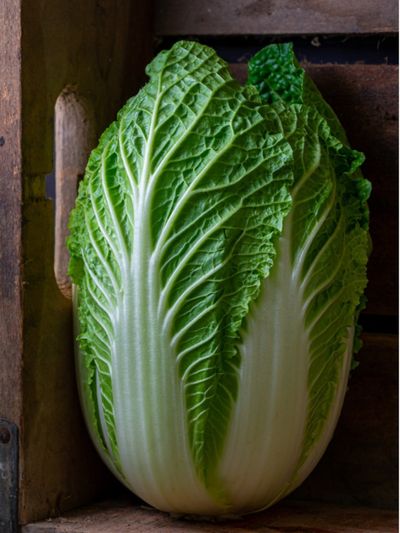Principles of Korean Garden Design
Korean gardening styles originated thousands of years ago. Korean landscaping traditionally embraces an adaptation to nature that also includes human enjoyment. The underlying idea is to create a space that allows people to enjoy the peace of the natural environment. A traditional garden in Korea includes multiple elements integrated in a pleasing way such as trees and shrubs, flowers, water features, rocks, bridges, walls, paths, and even seating areas. Harmony between all these elements is inspired by Korea’s traditional nature-based religions and imported Buddhism. Check out some of these Korean gardens for inspiration:
Huwon – Nestled in the center of Seoul, this garden is hundreds of years old. The focus is on a pond and it was designed as a reflective space for royalty and court members to enjoy quiet for reading and writing poetry.
Seoullo 7017 – Also known as the sky garden, this modern Seoul garden is designed with walking in mind. The built landscape includes carefully arranged round planters to encourage people to stroll as well as to stop and sit.
Spirited garden – On the subtropical island of Jeju, this garden includes bonsai trees, ponds with carp, and both natural and carved black volcanic rock.
Growing a Korean Garden for Cooking
Korean gardens can be practical too. If you’re interested in Korean cuisine, especially if you have Korean ancestors, why not try starting a Korean kitchen garden? It can include many of your typical vegetables but also some plants that are used in Korean dishes that may be a little more unusual in a standard veggie bed. Here are some essential vegetables for a Korean kitchen garden:
ScallionsGarlicGingerSnow peasZucchiniCabbageCarrotsBasilCilantroChili peppersBuchu (Asian chives)Korean radishDaikon radishKorean cucumberKorean squash varieties (kabocha, Korean winter squash, and others)Perilla (kkaennip – a leafy herb similar to mint)
You should be able to find seeds for any of the specialty items through online suppliers.
